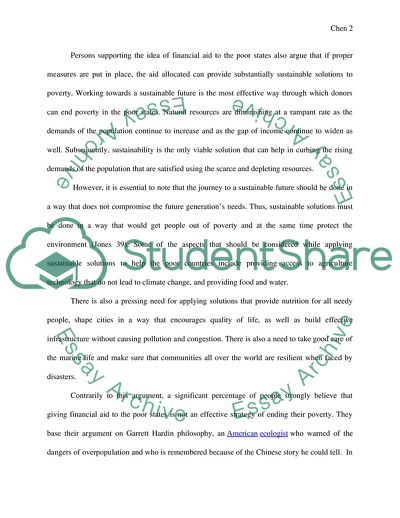Cite this document
(Is Financially Aiding Poor People The Best Solution For Poverty Essay, n.d.)
Is Financially Aiding Poor People The Best Solution For Poverty Essay. https://studentshare.org/macro-microeconomics/1852689-is-financially-aiding-poor-people-a-best-solution-for-poverty
Is Financially Aiding Poor People The Best Solution For Poverty Essay. https://studentshare.org/macro-microeconomics/1852689-is-financially-aiding-poor-people-a-best-solution-for-poverty
(Is Financially Aiding Poor People The Best Solution For Poverty Essay)
Is Financially Aiding Poor People The Best Solution For Poverty Essay. https://studentshare.org/macro-microeconomics/1852689-is-financially-aiding-poor-people-a-best-solution-for-poverty.
Is Financially Aiding Poor People The Best Solution For Poverty Essay. https://studentshare.org/macro-microeconomics/1852689-is-financially-aiding-poor-people-a-best-solution-for-poverty.
“Is Financially Aiding Poor People The Best Solution For Poverty Essay”. https://studentshare.org/macro-microeconomics/1852689-is-financially-aiding-poor-people-a-best-solution-for-poverty.


